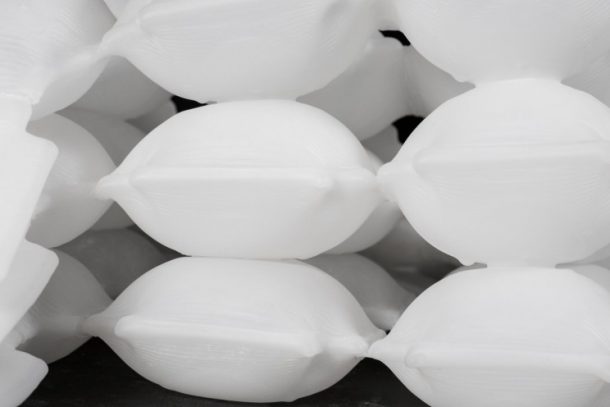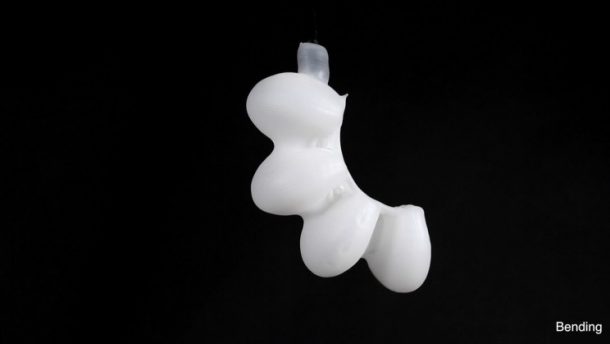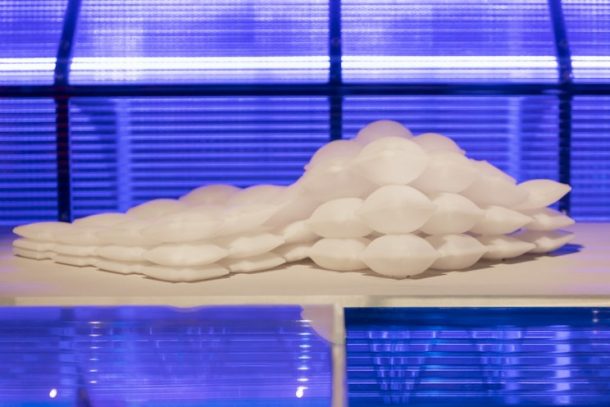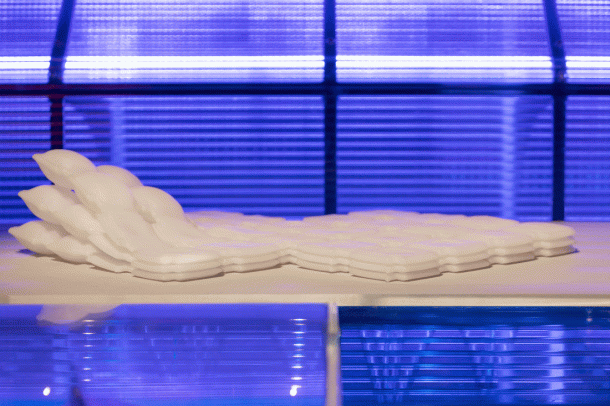MIT and BMW are partnering to develop a 3D printed material which will change the way cars are manufactured. MIT Self-Assembly Lab has created a process called ‘Liquid Printed Pneumatic’. It is a system which uses air chambers that inflate or deflate in a stretchy material. The designs will be 3D printed and programmed to respond to getting or losing the air whenever required.

BMW wants to use the technology in areas where the air is most commonly deployed in cars, which are airbags. BMW officials are hoping to use it in the inflating unique car interiors and in the certain parts of the exterior as well. Martina Starke, head of BMW Brand Vision and BMW Brand Design said, “The outcome of this collaboration manifests that a new material future is imminent. There is no need to lock the car of the future into any particular shape. Interiors could even take on malleable, modular uses.”

Skylar Tibbits, founder of the Self-Assembly Lab said, “It’s programming it with air. Instead of zeros and ones, you’re sending different pulses of air.” The final result shown at the V&A during The Future Starts Here exhibition showed two years of cross-disciplinary research and development between both BMW engineers and MIT researchers. Tibbits said, “We brought together a number of recent technologies such as Rapid Liquid Printing and techniques from soft robotics to achieve this adaptive material structure. In the past, scenarios like these have often required error-prone and complex electromechanical devices or complex moulding/tooling to produce inflatables. Now we’re able to print complex inflatable structures with custom actuation and tuneable stiffness.”
According to BMW executives, the adaptive material means a seemingly unlimited number of transformable surfaces. Each one is tailored to human comfort, cushion and for improved performance. Tibbits said, “The interior could be different every time you got in, or for every person who got in. By using pressure differential inside and out, you can make it morph around a human or object.” The project is the first attempt to bring life to BMW’s inflatable car concepts. The idea was published in 2016. There are various concepts involved with the inflatable surfaces. Some aim to tell a driver when there is an obstacle arriving on the road. Another concept allows the car to change its shapes. These ideas remained a dream for BMW till now, however, it seems like they are soon going to take the form of reality.


Liquid Printed Pneumatics have the best chance to bring BMW concepts to reality. Starke and other BMW officials have to comment on how they will use Liquid Printed Pneumatics in car designs after the V&A showcase. It might take several years before we finally see this technology in real. However, MIT Self Assembly Lab has brought decades of unique and distinctive design another step closer to reality.


